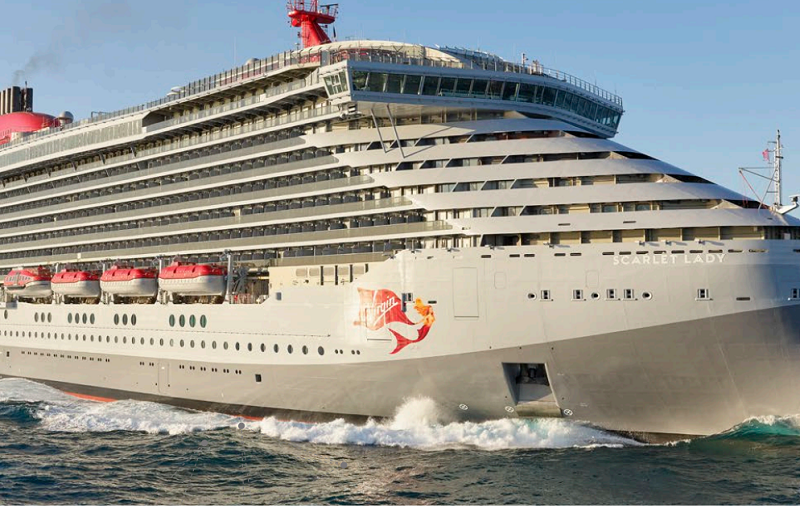
Fincantieri has delivered the third of four ships ordered by Virgin Voyages, at the Sestri Ponente shipyard in Genoa, Italy.
Since July, the vessel has been moored at the port of Palermo.
Part of the Virgin Group, Virgin Voyages is a new cruise operator.
The third vessel is named Resilient Lady.
The other three ships ordered by Virgin Voyages are called Scarlet Lady, Valiant Lady and Brilliant Lady.
Valiant Lady was delivered in July 2021 and Scarlet Lady was delivered in 2020, while Brilliant Lady was floated out roughly two weeks ago.
How well do you really know your competitors?
Access the most comprehensive Company Profiles on the market, powered by GlobalData. Save hours of research. Gain competitive edge.

Thank you!
Your download email will arrive shortly
Not ready to buy yet? Download a free sample
We are confident about the unique quality of our Company Profiles. However, we want you to make the most beneficial decision for your business, so we offer a free sample that you can download by submitting the below form
By GlobalDataFincantieri secured an initial contract, worth €2bn, to build three cruise ships for Virgin Voyages in 2016.
In 2018, it received a €700m contract from Virgin Voyages for the fourth cruise ship.
Delivery of the fourth vessel is expected to take place by the end of 2023.
Besides measuring 278m in length and 38m in width, all four ships weigh approximately 110,000 gross tons.
The vessels feature more than 1,400 guest cabins and can host over 2,770 passengers.
They can also carry 1,160 crew members to deliver the Virgin service.
In addition to featuring a wide use of automation, the vessels are claimed to be guaranteed by the ‘comfort class’ certification, which means they have minimum levels of noise and vibration.
With the installation of a smartphone app, guests can manage a range of cabin functions, such as air conditioning, lighting and blinds.
The vessels also come with alternative technologies that cut down the vessel’s overall environmental impact.
They feature an energy production system of around 1MW that makes use of the diesel engine’s waste heat.
Besides a scrubber system to help with the sustainable waste management of sulfur dioxides, the units come equipped with a catalytic converter to cut down emissions of nitrogen oxides.
The vessels also cut down energy consumption by being completely fitted with LED lights.



